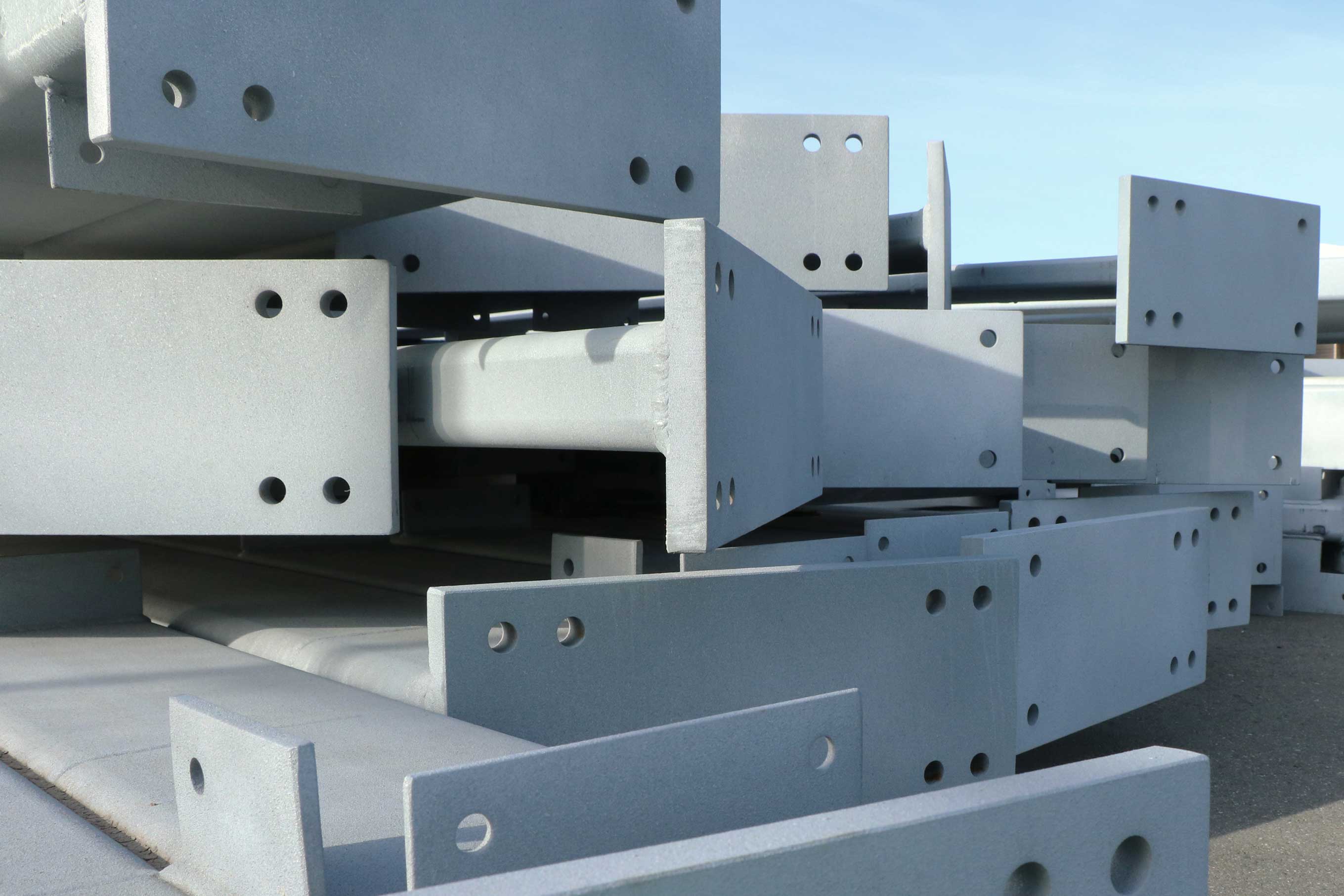Parking legislation for commercial buildings
As designers of cutting-edge commercial buildings, it’s imperative that we keep on top of new regulations and legislation to ensure our clients receive the expertise they need when building. The latest parking legislation is no exception.
What’s the latest parking legislation?
In summary, it is a new urban development policy that has changed the car parking requirements. This will have an impact on anyone wanting to build a new commercial building, especially in urban areas. In this article, we outline and discuss the industry updates surrounding the relevant legislation and the implications this has for those looking to build in the foreseeable future.
The new legislation explained
In an attempt to reshape New Zealand’s cities and towns, the Government will be preventing councils from imposing height limits of less than 6 stories on buildings, while ensuring every council accepts developments without car parks. Of course, this legislation is under the National Policy Statement on Urban Development.
The overall aim of the legislation is to increase housing development in urban areas, especially those that are near public transport. In order to increase housing development, rules for planning decisions have been made by the Government, which local councils must adhere to. The legislation states that in all urban areas with over 10,000 people, any district building plans will not be permitted to include minimum car parking requirements, with an exception to accessible car parks.
Ultimately, this will not prevent any businesses or developments from having car parks if they want to. However, it will enable developments to decrease their footprints significantly or to maximise the useable land for building work, rather than allocating some to parking.
This new law came into effect on the 20th August 2020 and must be enforced by all councils by February 2022. From the announcement of the new legislation, councils have been given sufficient time to implement these changes. In fact, many councils are already on board. For example, Palmerston North City Council (among others) has already moved to remove the minimum carpark requirement from their District plans. But what exactly does removing the minimum car park requirement mean?
See the policy statement below:
National Policy Statement on Urban Development
|
(1) If the district plan of a tier 1, 2, or 3 territorial authority contains objectives, policies, rules, or assessment criteria that have the effect of requiring a minimum number of car parks to be provided for a particular development, land use, or activity, the territorial authority must change its district plan to remove that effect, other than in respect of accessible car parks. (2) Territorial authorities must make any changes required by subclause (1) without using a process in Schedule 1 of the Act. (3) Nothing in this National Policy Statement prevents a district plan including objectives, policies, rules, or assessment criteria: a. requiring a minimum number of accessible car parks to be provided for any activity; or i. a developer chooses to supply car parks; or |
How this will impact your next commercial build
/11325%20-%20C.jpg?width=2700&name=11325%20-%20C.jpg)
Ultimately, the new legislation means that you are under no obligation to provide car parking (aside from accessibility parking) in your next commercial build. However, at what cost does this come? While excluding a car park from your plans will inevitably lower costs and increase a building’s potential footprint, there are other non-financial costs to consider.
Removing car parking has implications for both staff and customers (if your customers visit your building). For customers, lack of car parking could be a deterrent to visit the premises. Most people won’t live within walking distance to your location and may be limited to either using public transport, cycling, or other less accessible forms of transport to reach you. Having to go above and beyond to visit your businesses, there will be customers who simply won’t put in the extra effort required. As for staff, how are you going to expect your employees to access the place of work? If they don’t live within walking distance will your business facilitate the use of public transport, cycling, or carpooling? Reducing congestion may benefit the local infrastructure, but could inconveniencing staff cause them to leave or create a barrier to hiring new people? This is a major factor that you’ll need to take into consideration when making the call around parking inclusions.
In saying this, there are benefits to excluding car parks from your plans. Those being the obvious lower costs and less ground space required for a build. This makes the planning and construction process that little bit less complex as there’s simply less to account for. On-site traffic management may be reduced, and the health and safety implications associated with pedestrian/vehicular management removed.
Of course, the final decision comes down to your unique business needs. Looking at what is most functional and accessible to your staff, customers, and business as a whole will provide the information you need to make the most beneficial decision.
With an overview of the new urban development policy and the changes made to the car parking requirements, the team at XL Structural Steel can assist you in making the most informed decision about your next commercial building. It’s critical to understand all of the latest rules and regulations, which is why it’s best to enlist the help of experts. If you’re ready to get talking about a commercial or industrial build, our years of knowledge and expertise will be a huge asset. Get in touch with us by simply clicking on the button below.




